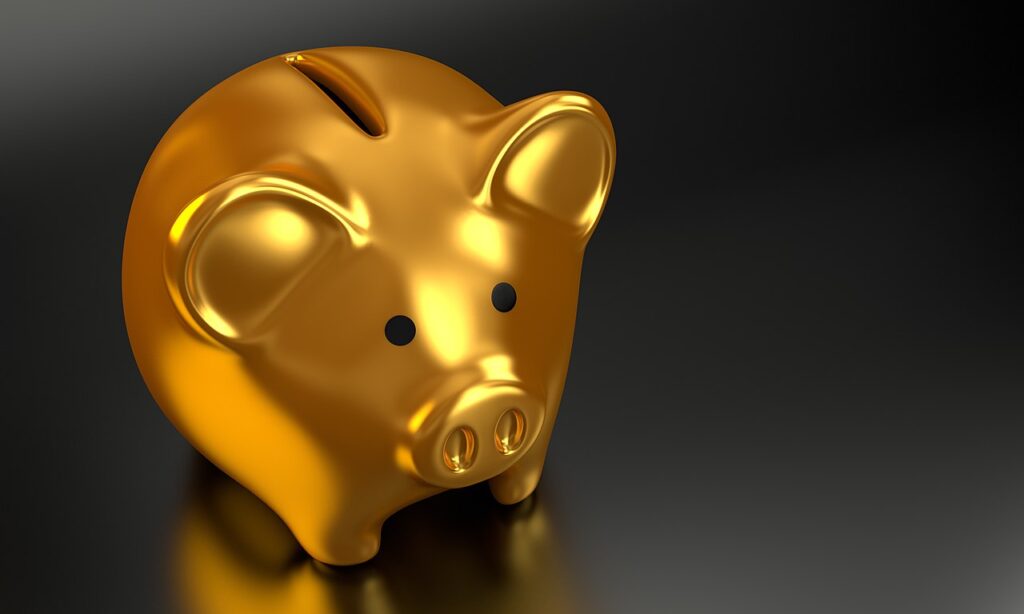The majority of Americans are passing up opportunities to make money on savings in high-yield savings accounts.
CNBC’s Elizabeth Gravier reports less than 20% of a surveyed group representing American depositors kept their savings in accounts that could be earning them hundreds to thousands of dollars annually — essentially risk-free.
Instead, the majority of bank depositors are keep their money in low-interest savings accounts tied to their traditional checking accounts.
Some of the country’s biggest banks only offer a negligible 0.01% interest rate on savings accounts, including Chase, Wells Fargo, and Bank of America.
But as professional financial advisors point out, moving to a high-yield savings account carries effectively zero risk. Deposits are insured by the FDIC, and are insulated from market volatility.
Should federal interest rates change, the depositor will simply earn less on their savings – but not lose any money in the account.
In addition, depositors have the option to choose a certificate of deposit (CD) account, offering even higher interest rates.
Currently, high-yield savings account and CDs offer interest rates of 5% or more — a significant uptick from the paltry .01% or .02% offered by many conventional accounts. While CDs guarantee a fixed return for a predetermined time frame, high-yield savings accounts provide variable rates, usually in parallel with interest rates set by the Federal Reserve.
The average American, with a median of $8,000 in savings according to 2022 estimates by the Federal Reserve, could be making $400 a year, or around $30–$35 per month, just by storing their savings in a different account. That could cover a few monthly subscriptions.
Moreover, the funds are fully accessible, just as they are with any other savings account.
So why aren’t more people utilizing higher interest savings accounts to get free money?
The most likely answer is that they simply don’t know about them.
That may be related to Federal Reserve activity in recent years.
The nation’s central bank kept interest rates near zero for many years. Not everyone has noticed that the Fed raised interest rates significantly starting in 2022. While interest rates were low, the difference between a savings account and high-yield savings account was less substantial.
Those in the market for mortgages are acutely aware of how a high-interest rate environment can quickly add up on the borrow side. However, they may not always be aware that the inverse is also true: Savings can also earn more.
Generally, finance professionals suggest putting money into something that can beat inflation — or at the very least, keep pace with it. Stocks and index funds are options, but carry the risk of market downturns. They are and are slightly less accessible, or “liquid.” CDs and high-yield savings accounts side step both of these drawbacks.
There’s also 401k plans that are open to self-management for American workers.
Economic analysis suggests that an increasing number of Americans are tapping into their 401(k) accounts for hardship withdrawals, at the cost of potential growth that their savings could have achieved in a sheltered account.
The research illustrates that more often than not, the average American saver misses important opportunities to maximize the value of their hard-earned savings.
Related: Chase Bank to Report Followers of TikTok “Free Money” Trend to Law Enforcement


